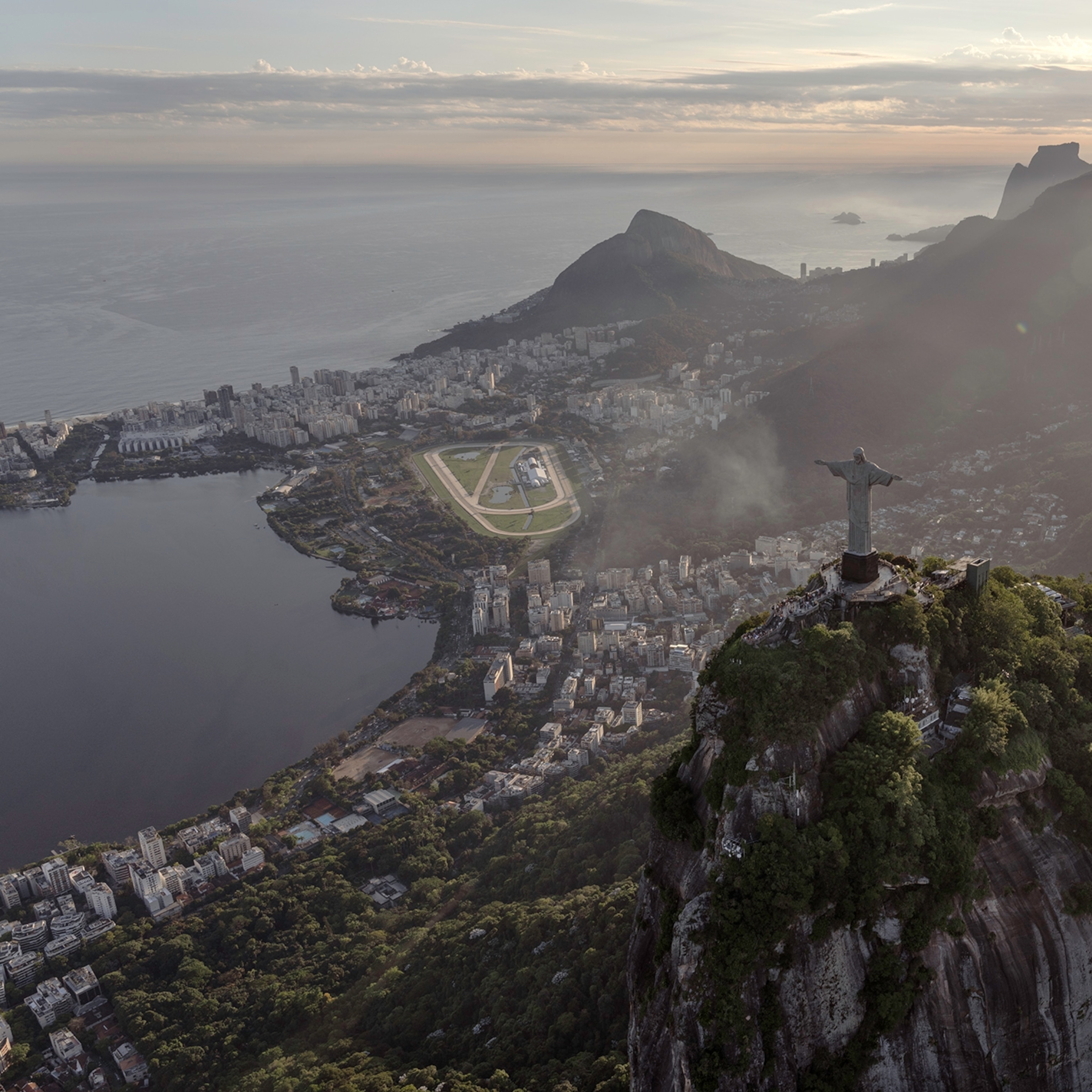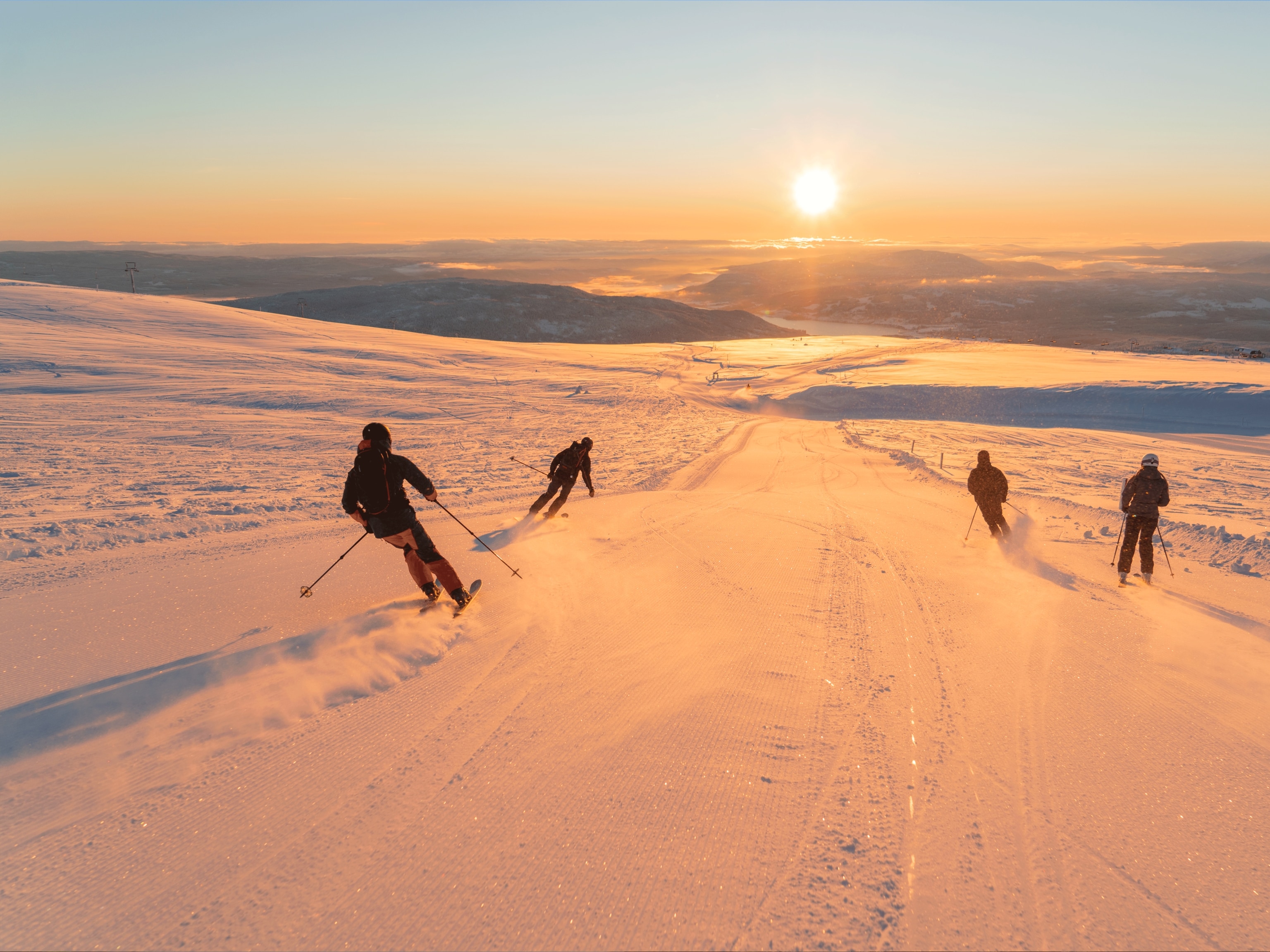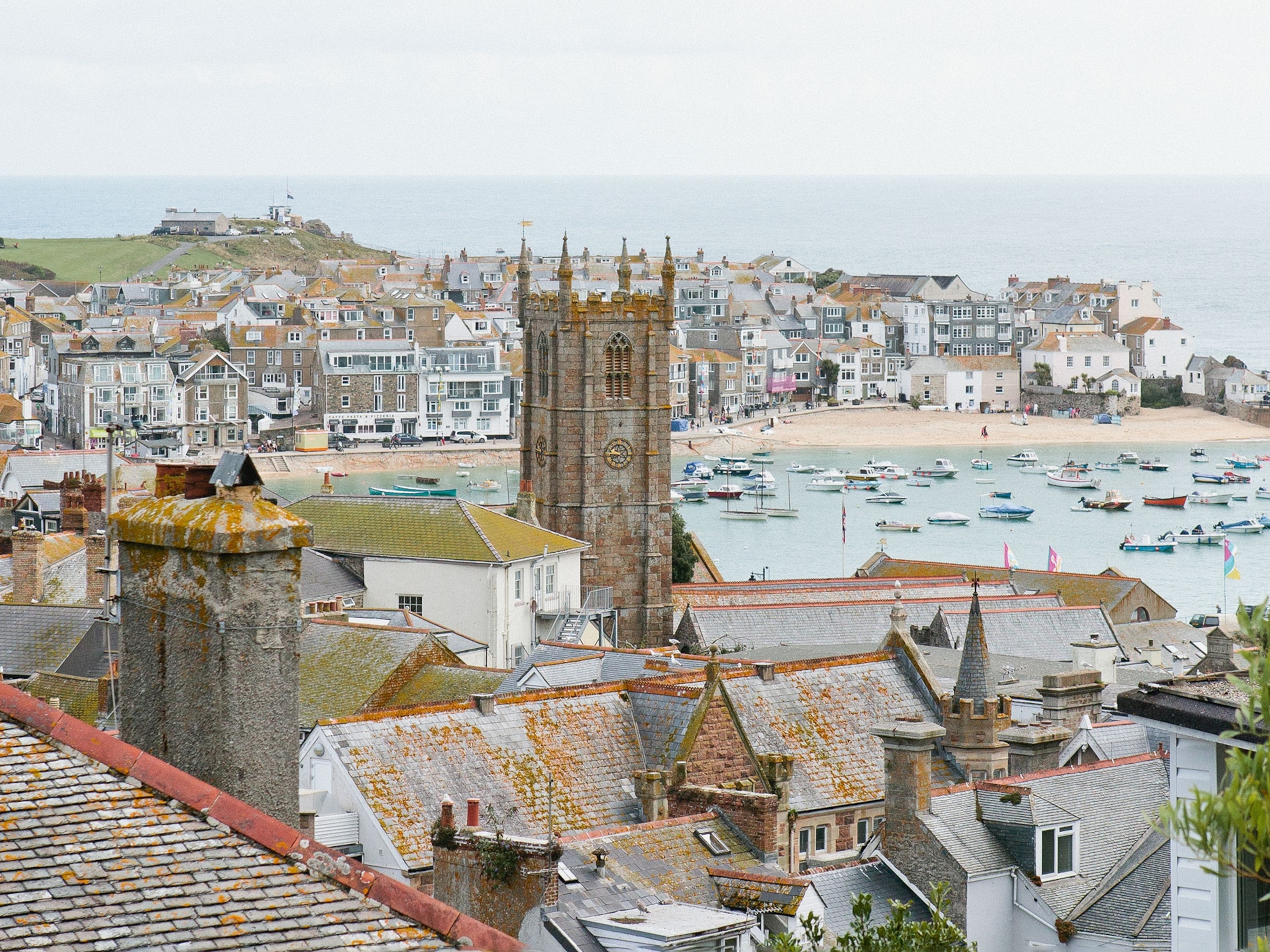Why it’s time to ‘dare forward’
Trying new adventures can give you way more than good dinner table stories-it benefits the mind, body and soul too.
Stepping out of our comfort zone is something us humans have always done—right from the moment we first emerged from caves. This natural tendency to push boundaries is something that continues throughout our lives—from the moment we take our first steps, to the desire many of us feel to climb that mountain, run that marathon or explore far-flung landscapes.
For some, this notion of “daring forward”—seizing life by the scruff of its neck and sucking up all that it offers, in a bid to progress—comes more naturally. However, even the smallest acts of daring forward can have a positive effect.
Your body physically changes during an adrenaline surge: your airways relax, redirecting oxygen to your muscles; meanwhile your heart rate increases, pupils widen to let more light in and the brain works at an increased speed. Society has a habit of framing these physical changes and the stress associated with them as “bad”, but the idea of “eustress”—or “positive stress”—challenges this.
According to the Oxford Reference, eustress is “any form of stress that is beneficial, usually associated with a feeling of fulfilment and achievement rather than anxiety.” So even something like starting your own business, beating your PB in a 10k run or trying a new sport can reap benefits, body, and soul.
One person who’s no stranger to putting herself out there and daring forward is National Geographic Explorer and photographer Ulla Lohmann. Over the last 15-plus years she’s shot in some of the most extreme landscapes on earth—including active volcanoes—traveling to remote locations in Papua New Guinea, the South Pacific and more, in a bid to push her craft to new levels and see the world from different perspectives.
This is more than just a “job” for Ulla. It’s an attitude and approach to life that infuses her personal projects too. Recently, Ulla embarked on a road trip through her native Germany—at the wheel of the new Porsche Macan—on a mission to take photographs that would capture her homeland in a whole new light—requiring her to push boundaries in order to get the best shots.
As with most of Ulla’s assignments, this was no walk in the park. Her first shot she camped overnight on the sheer cliff-face of Taubenstein Mountain in the Bavarian Alps—over 1,640 feet (500 meters) off the ground—in order to capture the exact moment the sun rises. While most photographers would have opted to wait until dawn to scale the mountain, Ulla’s willingness to push herself—physically and mentally—is an example of how eustress can be harnessed effectively, to achieve a positive, fulfilling outcome.
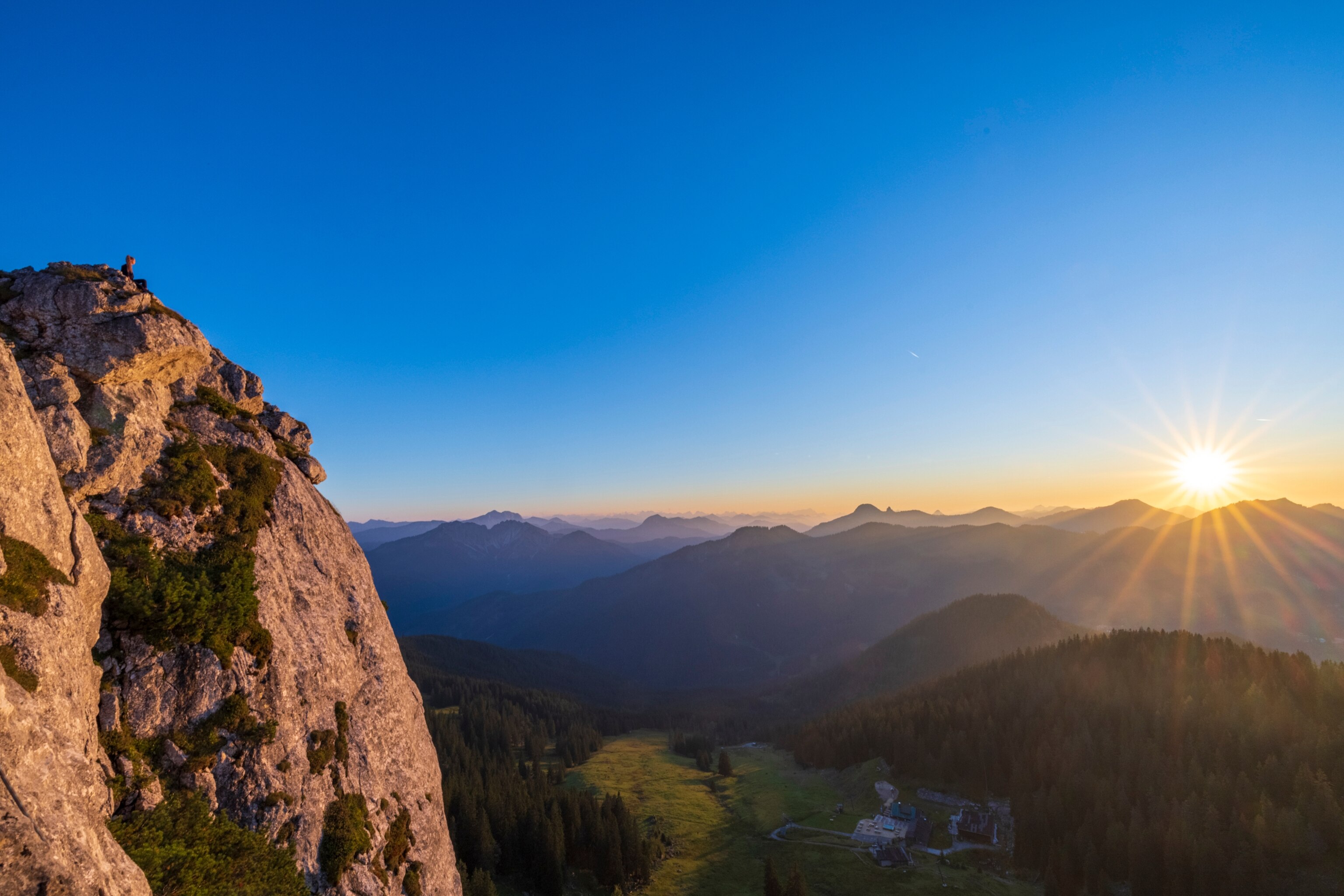
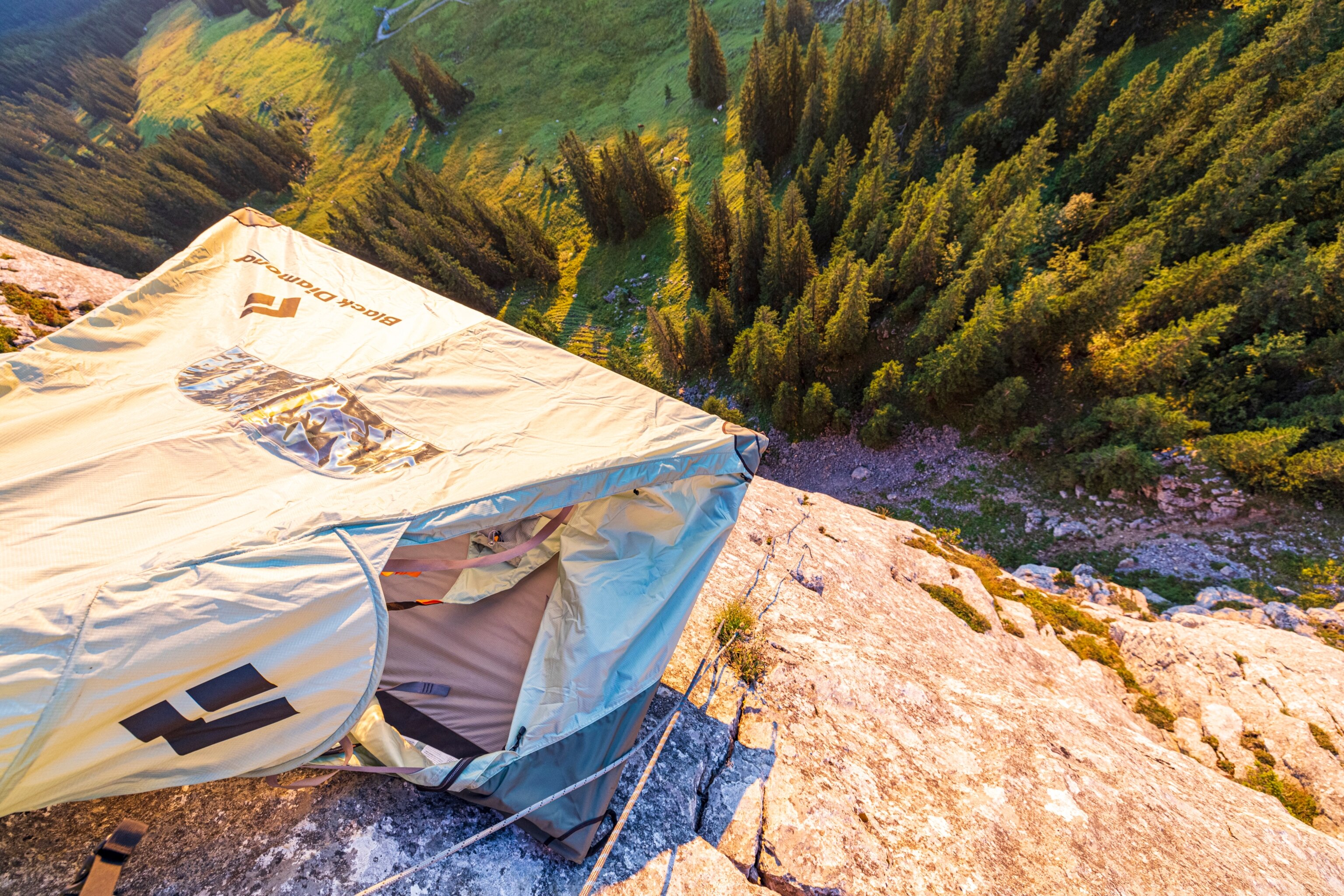
From the jagged peaks of southern Germany, Ulla headed northwest through Duisburg to capture her next shot. Here, she decided to take on pressure of a different kind, donning SCUBA gear and diving into a disused gasometer—containing over five-and-a-half million gallons (21 million liters) of rainwater; something you’d never see unless you’re prepared to dare—or in this case, dive—forward and make a mental and physical leap.
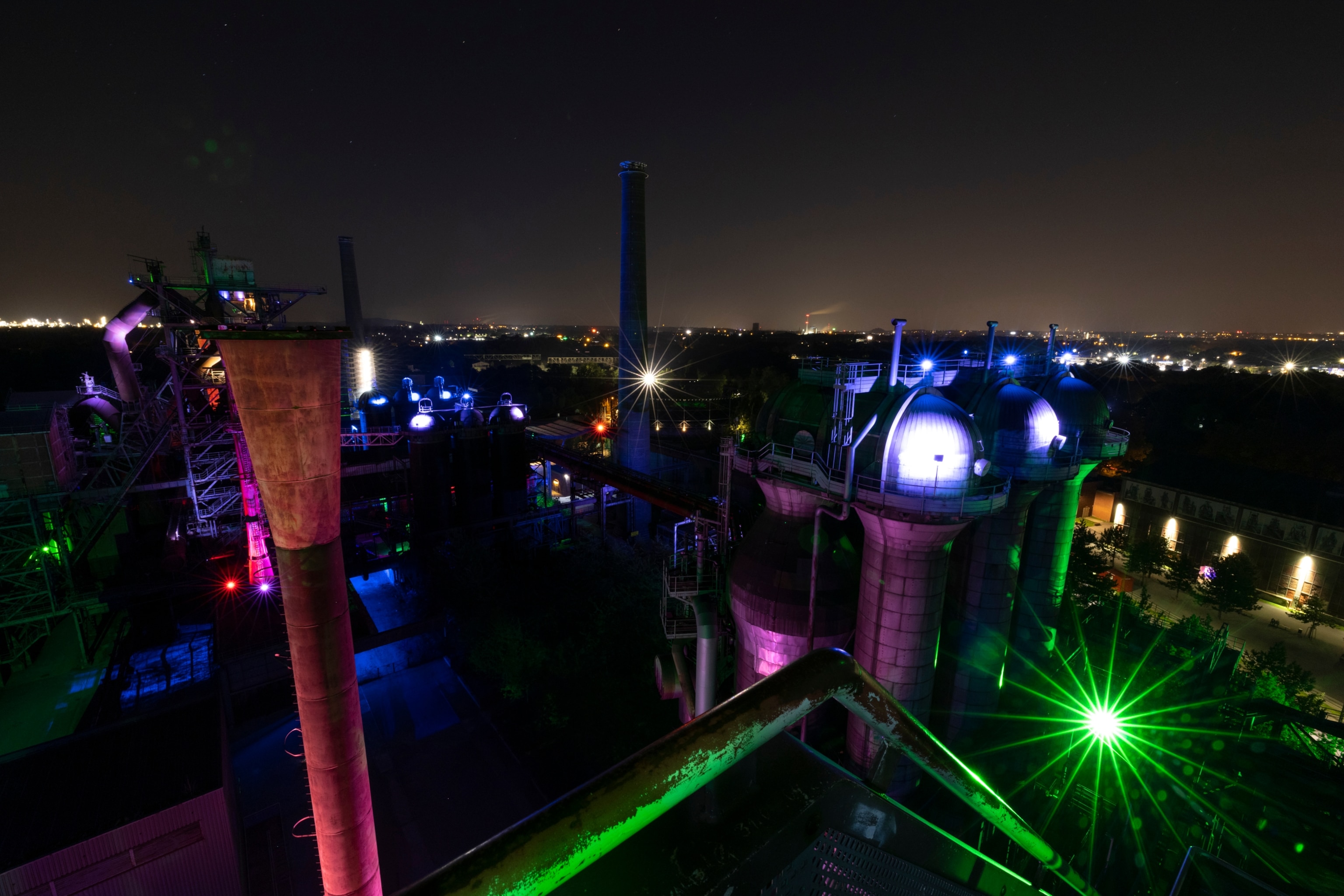
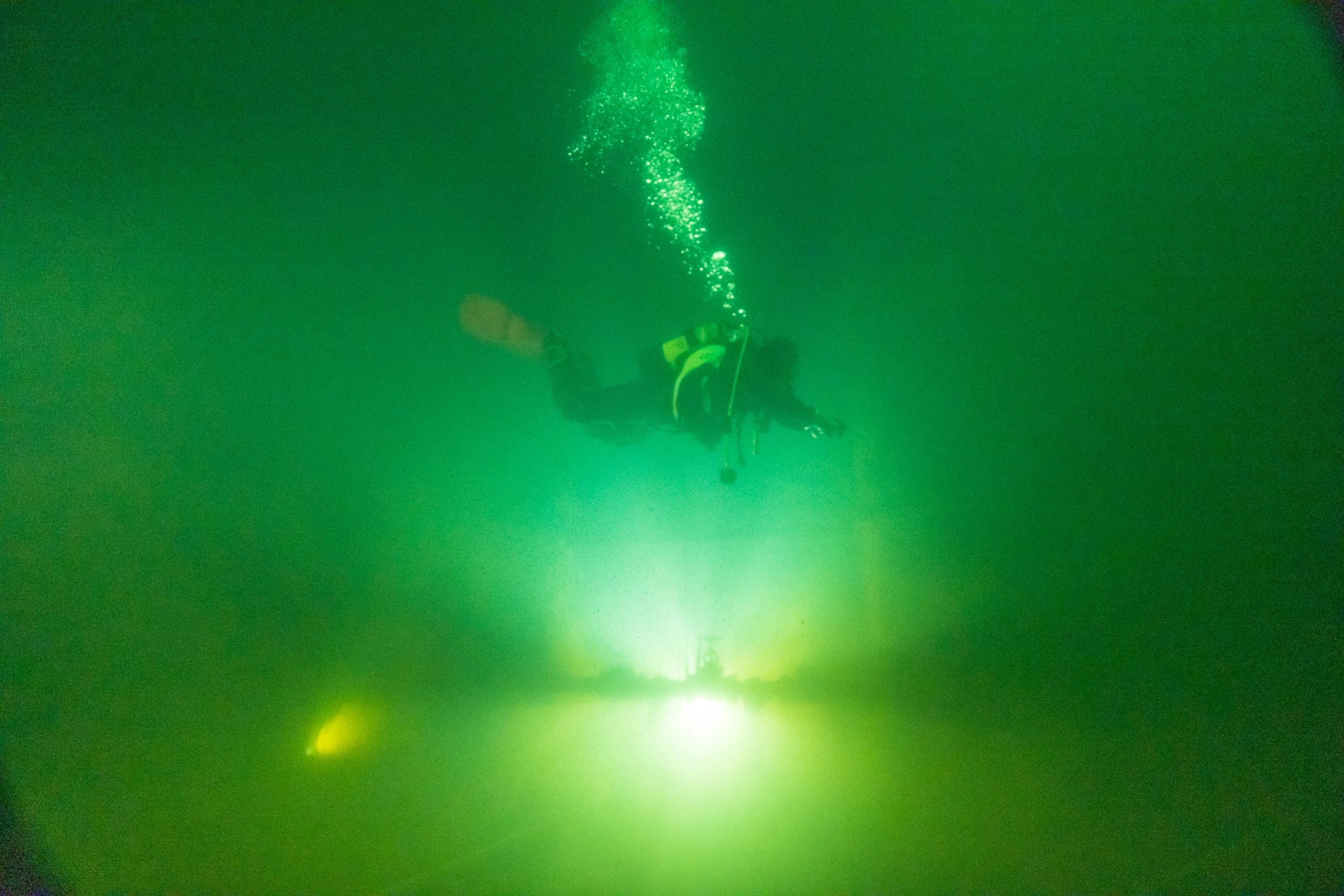
For her last stop, Ulla travelled north, to the Halligen Islands—located just off Germany’s northern coast—where she chose to challenge herself again, by taking her work to a whole new level. The islands here can flood up to 50 times a year—forcing the inhabitants to push boundaries daily in their precarious but symbiotic relationship with nature. In a bid to put this all into perspective, Ulla took to the sky in a light aircraft—daring herself once more as she hung out the side of the plane to photograph the raw beauty, vulnerability and remoteness of this German outpost.
Indeed, merely getting to these places was an adventure in itself—an epic journey of around 745 miles (1,200km), which Ulla covered over the course of a week in the Macan. Along the way she explored sweeping mountain roads, stretches of open Autobahn, rugged dirt-tracks, and more on her mission to get the perfect shot.
“People often think you have to travel to extreme corners of the world in order to have an adventure,” she says, “but it’s not true. This trip—in my own ‘backyard’—was about seeing the world from a different perspective, trying something new—like diving into the gas container—and discovering something unexpected. You’ll often find it’s worth pushing yourself, as the rewards can be amazing.”
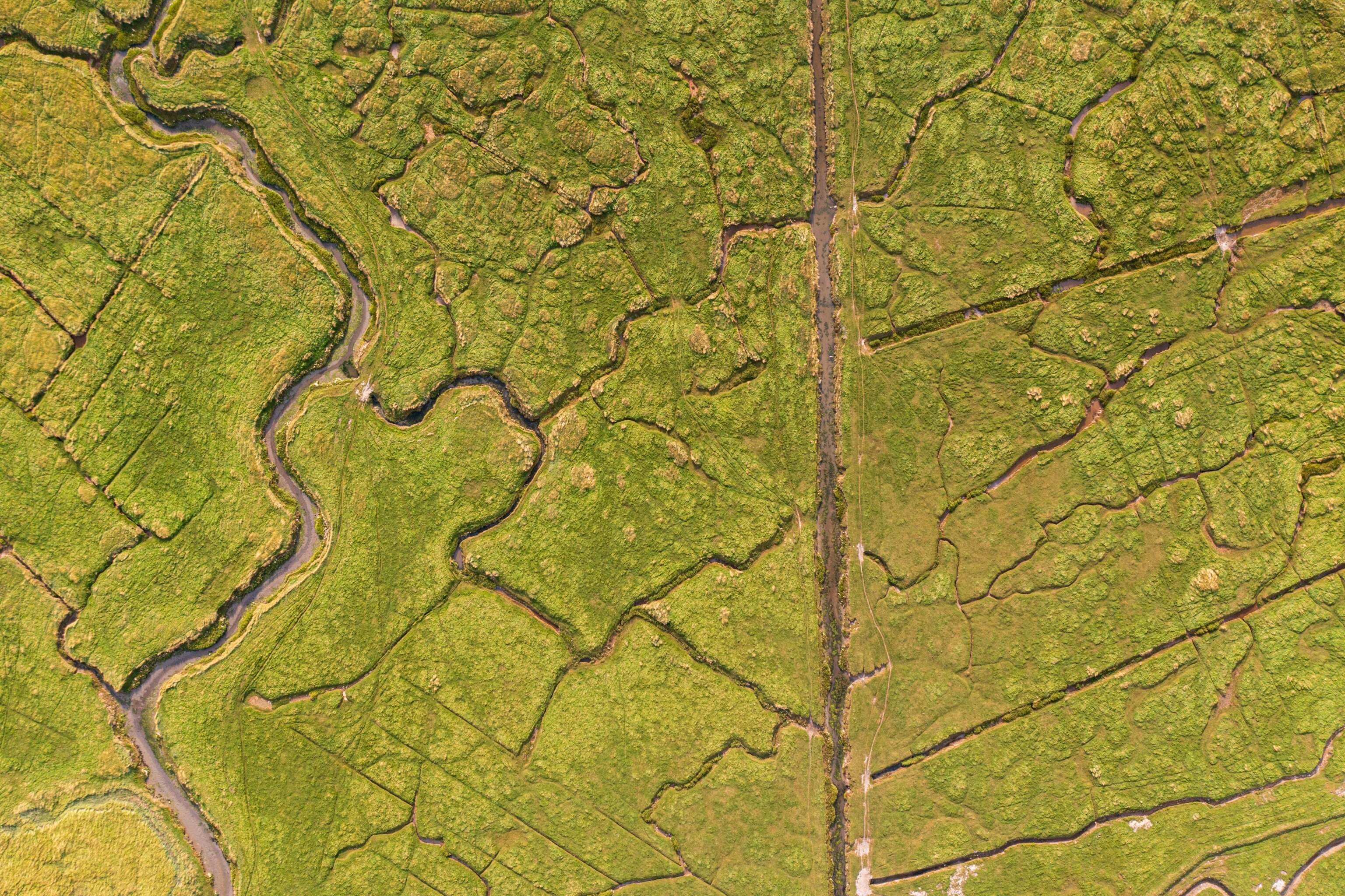

For Ulla the journey was all part of the adventure—the Macan providing the right balance of performance and practicality—the result of decades of pushing engineering boundaries culminating in a car that combines the capability of an SUV with sportscar looks and DNA.
While Ulla’s road trip is certainly proof you don’t need to venture far to push yourself and experience something edgy—similarly, it’s not essential to camp out on the side of a cliff-face. Adventure comes in many guises—from climbing a tree, to getting involved in a community project, wild camping instead of staying in a hotel. What’s key is that you keep pushing. “Over time, adventurous activities may actually improve your brain health,” says Professor of Psychology and Neuroscience at Georgetown University, Abigail Marsh. “That’s because you’re constantly learning, which creates new synapses and strengthens existing ones, a process known as neuroplasticity.”

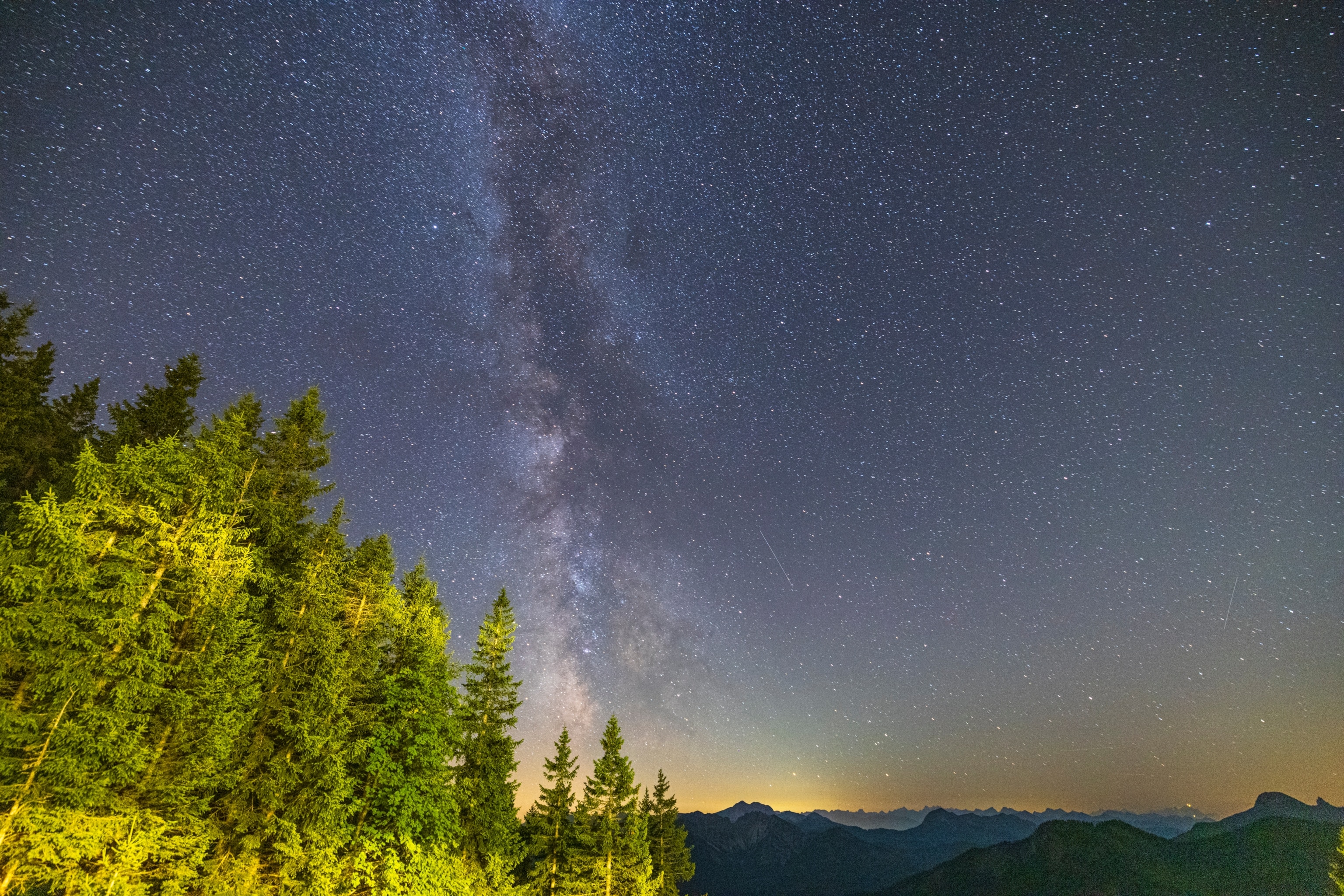
People who dare forward are often happier too. “They have a sense of flourishing,” says Frank Farley, Ph.D., a professor at Temple University and former president of the American Psychological Association. “People who are drawn to thrill-seeking activities have a high tolerance for uncertainty.” Those of us who are used to engaging with unfamiliar things, are able to adapt to change—instead of being afraid of what it might bring. So however you choose to get your kicks, as Ulla herself says, “don’t dream it, do it.”
